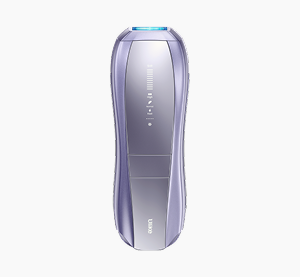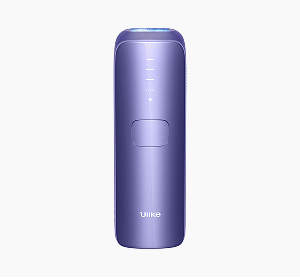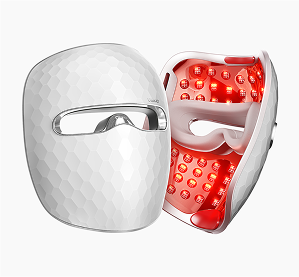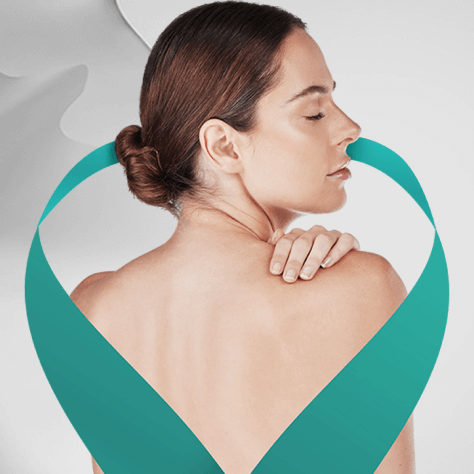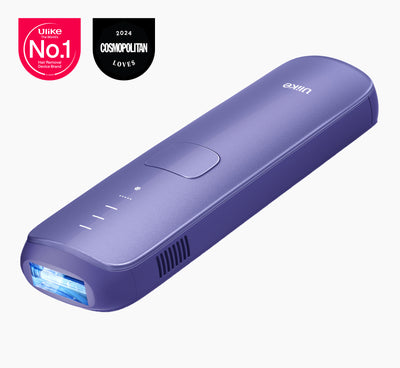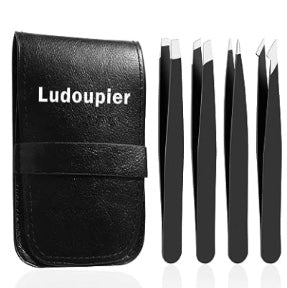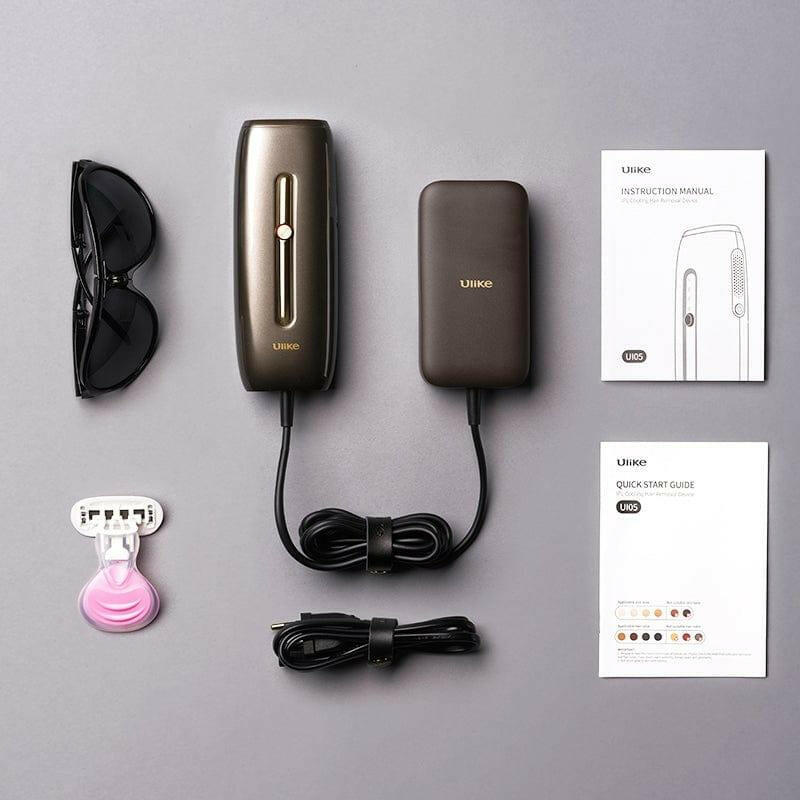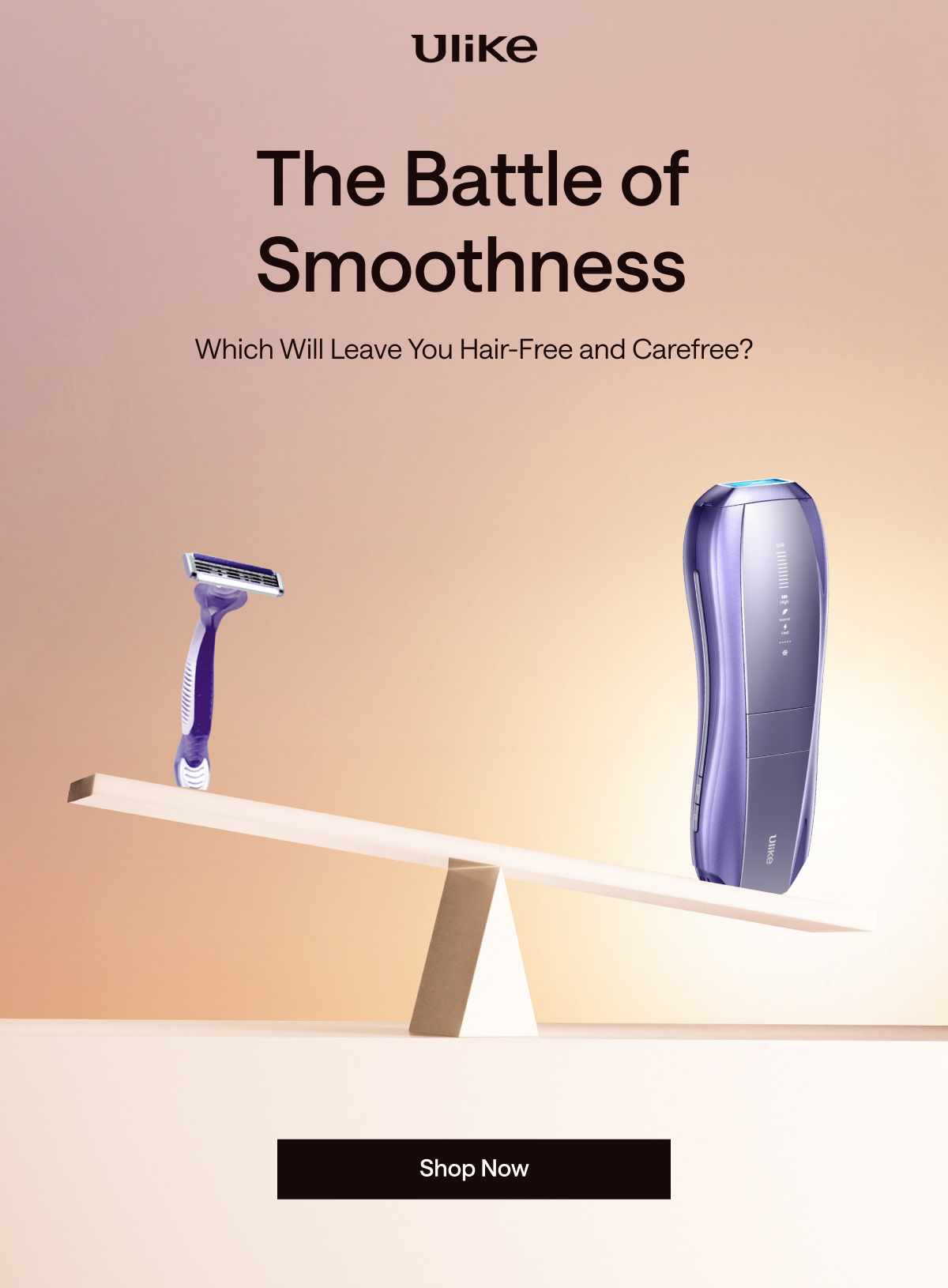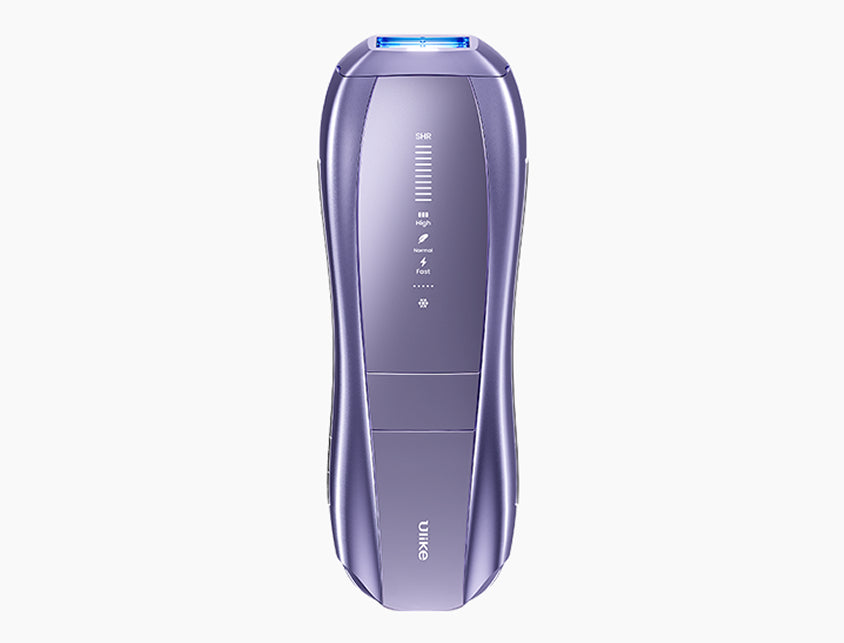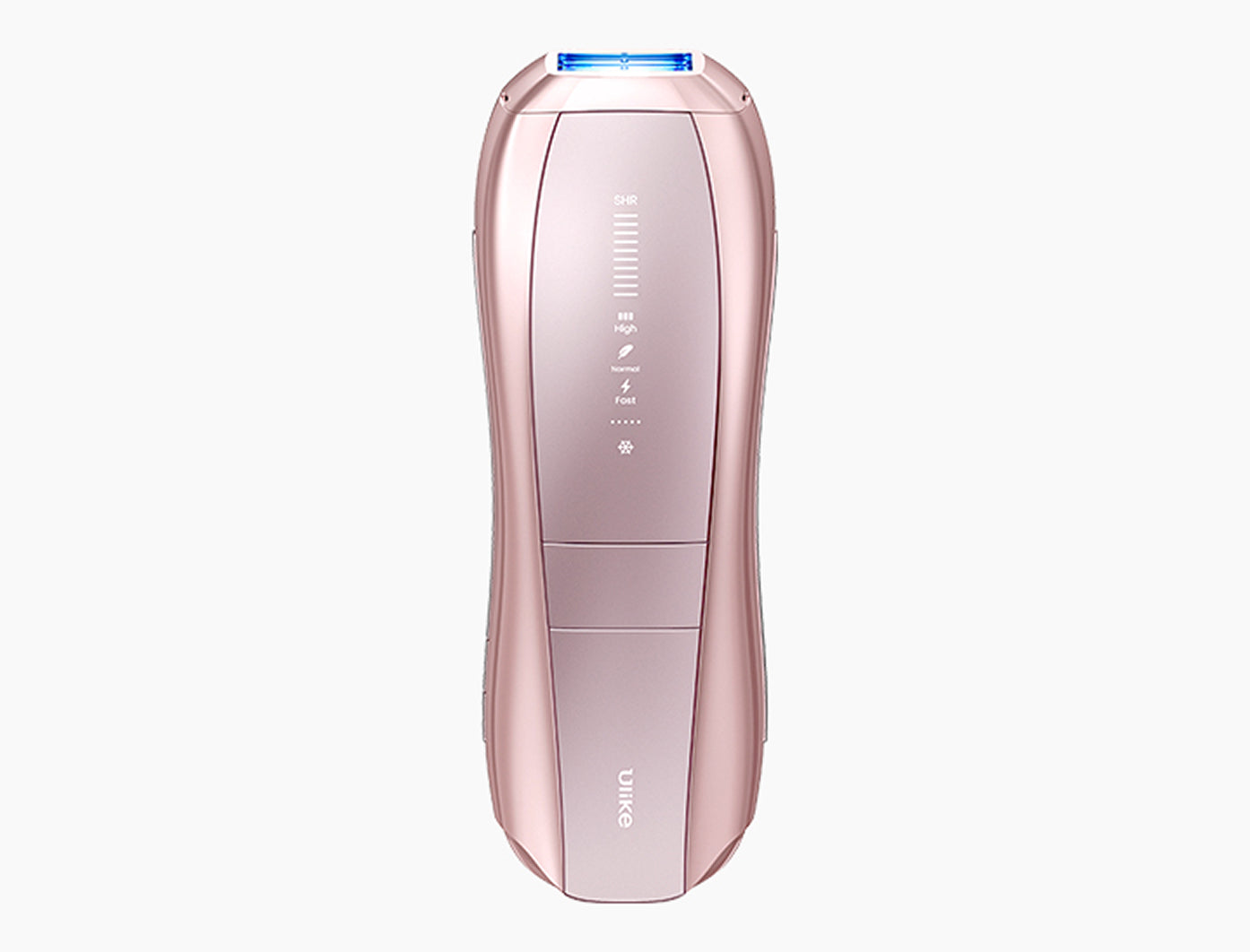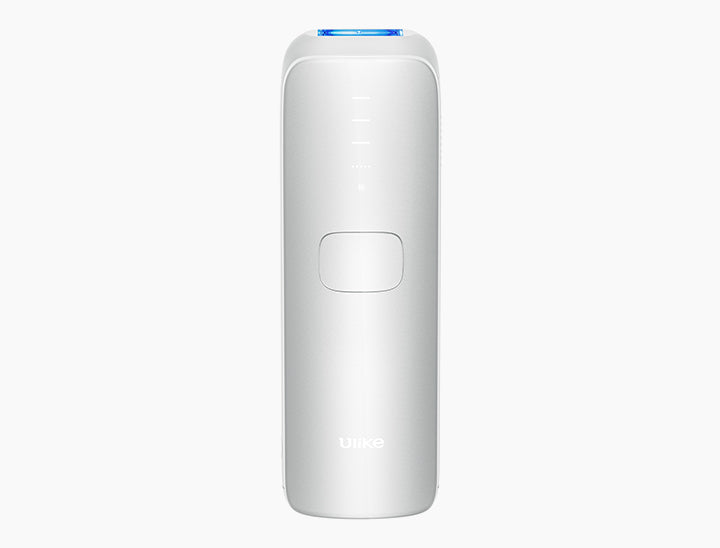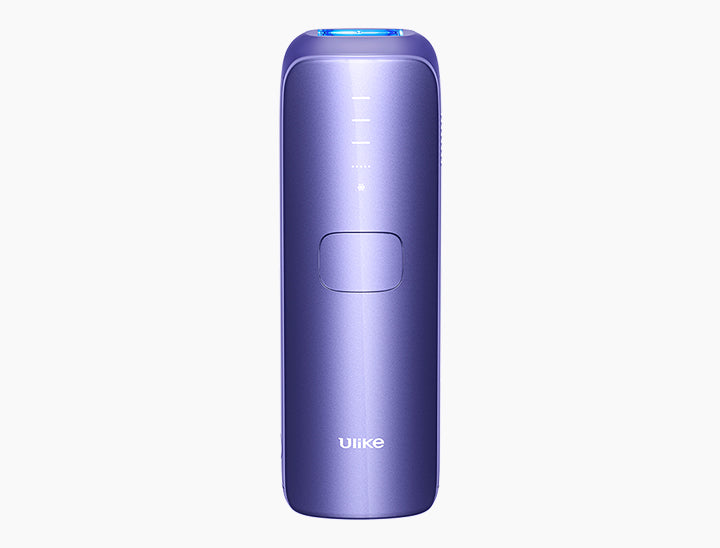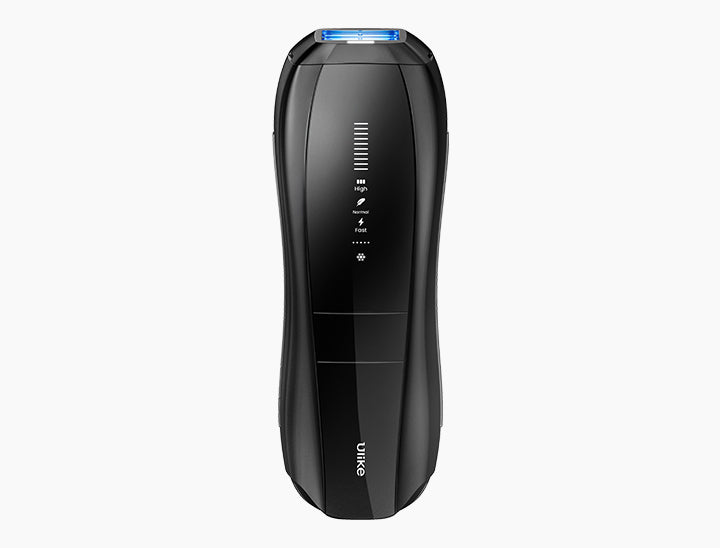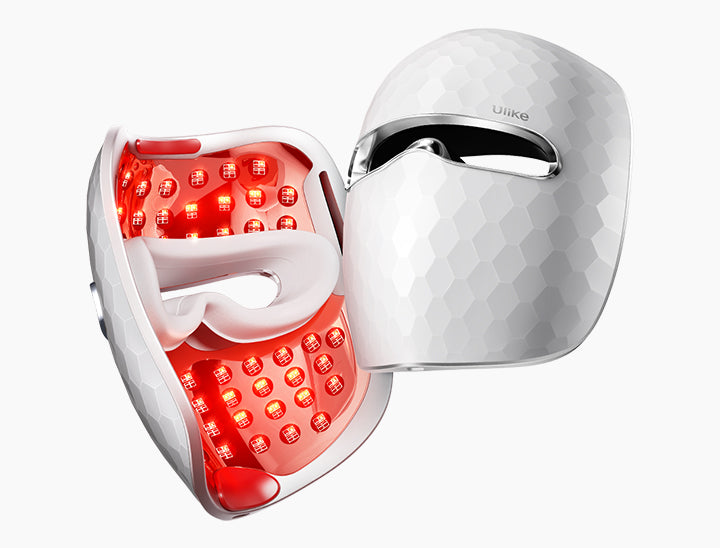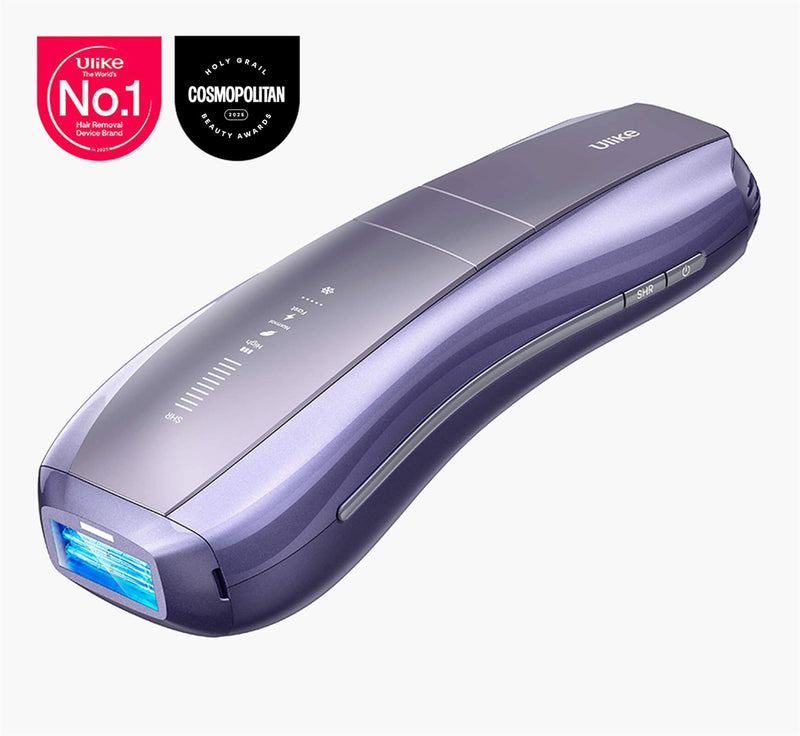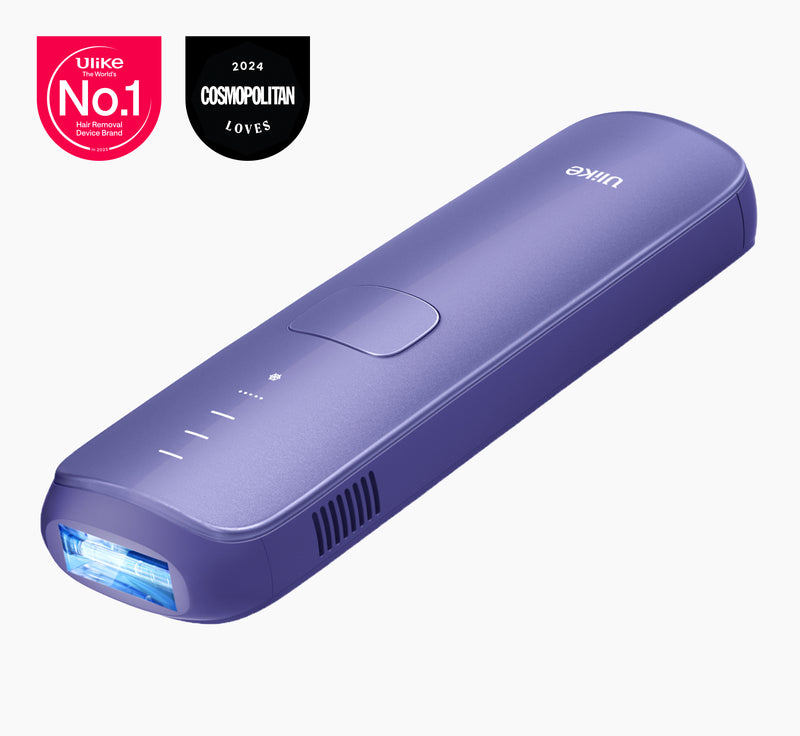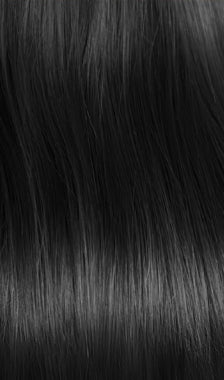
Whether men want to shave their beards or women want to get rid of their leg hair, they need a shaving cream, gel, or soap to ensure that the skin is protected from the sharp razor while the hair is cut efficiently.
Shaving creams are important to remove unwanted body and facial hair without damaging them. They are an essential part of shaving prep for both men and women. Thus, a healthy shaving routine is incomplete without proper shaving cream.
Using shaving cream effectively not only enhances the shaving experience but also helps to prevent skin irritation and razor burn.
Furthermore, shaving creams also serve several other functions. So, let us talk about “what does shaving cream do” in this article.
Understanding these functions is essential for selecting the right product that suits your skin type and shaving preferences.
Table of Contents:
- Part 1: What Does Shaving Cream Do?
- Part 2: Shaving Cream vs. Shaving Gel vs. Shaving Soap
- Part 3: How to Use Shaving Cream
- Part 4: FAQs
Part 1: What Does Shaving Cream Do?
Shaving cream adds to the quality of your shave by providing multiple benefits. For instance, it acts as a moisturizer that lubricates your skin thus softening the hair. This thin layer of lubricant between the skin and the razor also reduces friction. As hair becomes soft and your skin is lubricated, a shaving razor can easily move over the skin’s surface. Hence, it can smoothly remove your and reduce the risk of cuts and nicks on your smooth skin.
Moreover, it also aids in tracking the area that is shaved. This ensures that all the spots are covered and no area remains fuzzy.
This tracking feature is particularly useful for ensuring an even shave, minimizing the risk of uneven patches or missed spots.
Part 2: Shaving Cream vs. Shaving Gel vs. Shaving Soap
Shaving Cream
 Shaving cream is the most widely used shaving product that quickly lathers up and hydrates your skin. It is usually infused with natural ingredients like aloe vera, vitamin E, and Shea butter. These ingredients soothe the skin throughout the shaving process and prevent irritation later on.
Shaving cream is the most widely used shaving product that quickly lathers up and hydrates your skin. It is usually infused with natural ingredients like aloe vera, vitamin E, and Shea butter. These ingredients soothe the skin throughout the shaving process and prevent irritation later on.
What is the role of shaving cream in hair removal? When applied to the skin, a thin moisturizing barrier forms between the skin and the blade. This allows you to get a perfectly close shave.
This barrier not only protects the skin but also enhances the overall shaving experience by reducing irritation and allowing for a smoother glide of the blade.
Pros
- Quickly lathers up thus saving time taken in hair removal
- Can be directly applied on the face. Therefore, you do not need any extra equipment
- Only a small amount of shaving cream can be enough even for large areas
This quick lathering feature can be especially beneficial for those with busy schedules, making the shaving process more efficient.
This convenience allows for a more spontaneous shaving experience, as you can easily apply the cream on-the-go without needing additional tools.
A small amount of shaving cream is often sufficient because it spreads easily, providing a smooth surface for the razor.
Cons
- Infusion of natural ingredients makes it expensive
- The scents of some creams can be a little irritating
Natural ingredients can enhance the quality of shaving cream, but they also contribute to higher costs.
The irritating scents of some creams may not be suitable for sensitive skin, causing discomfort during shaving.
Shaving Gel
 The next worth-mentioning product that allows a nearly perfect shave is a shaving gel. It is a thick transparent solution containing lubricating agents and glycerin.
The next worth-mentioning product that allows a nearly perfect shave is a shaving gel. It is a thick transparent solution containing lubricating agents and glycerin.
How does it impact shaving? Similar to shaving cream, a gel also serves as a great lubricating agent for your skin. It lets the blade glide smoothly. Since it is clear, so underneath skin can be easily seen and shaved precisely.
Pros
- It is lightweight and can be applied easily on the skin
- Since it produces less lather as compared to shaving cream, it is easier to handle
- Its transparency can help achieve a close shave with minimum risk of cutting the skin
Its lightweight nature allows for a more comfortable application, ensuring even coverage on the skin.
Producing less lather means it can be more manageable during shaving, reducing the chance of messy applications.
Using shaving gel allows for better visibility during shaving, which can lead to a more precise and careful technique.
Cons
- It does not provide the same deep moisturizing effect as shaving cream
- Due to its transparency, you might double-shave over an already-shaved spot
While shaving cream offers deep moisturization, shaving gel is typically lighter and may lack that hydrating quality.
This transparency can lead to potential over-shaving, which may irritate the skin if you are not cautious.
Shaving Soap
 A shaving soap is a hard substance that is usually formulated with ingredients like tallow, vegetable oil, or coconut oil making it more suitable for sensitive skin. For application, a brush is used to take the soap and lather the skin.
A shaving soap is a hard substance that is usually formulated with ingredients like tallow, vegetable oil, or coconut oil making it more suitable for sensitive skin. For application, a brush is used to take the soap and lather the skin.
How does shaving soap contribute to making shaving easier? Shaving soaps are gentle on the skin thus making the shaving a soothing experience for your skin. However, you require sufficient time to shave as the lathering process is time-consuming.
Pros
- Shaving soaps produces a rich lather that prevents razor burns from occurring
- The added glycerin softens the skin and lifts the hair to provide you with a close and comfortable shave
The rich lather created by shaving soaps not only protects the skin but also enhances the overall shaving experience.
Glycerin plays a crucial role in moisturizing the skin, ensuring a smoother glide for the razor and reducing discomfort.
Cons
- It is less moisturizing as compared to both shaving cream and gel
- It is time-consuming as the lathering process is slow
Less moisturizing properties may lead to dryness after shaving.
The slow lathering process can make it less convenient for quick shaves.
Know More: Shaving Gel vs Cream vs Foam
Comparison Table
| Features | Shaving Cream | Shaving Gel | Shaving Soap |
| Texture | Thick | Thinner and lightweight | Solid |
| Best for | Beginners | Meticulous people | Veterans |
| Suitable Skin Type | Normal to dry skin | Normal to oily skin | Sensitive skin |
| Lathering | Produces more lather quickly | Produces very less lather | Produces lather but is time-consuming |
| Price Range | Less expensive | More expensive | Cheaper than both |
Part 3: How to Use Shaving Cream
Skin Preparation
 Before applying shaving cream to your skin, you need to be fully prepared for an efficient outcome. Here’s how you make your skin ready for the application:
Before applying shaving cream to your skin, you need to be fully prepared for an efficient outcome. Here’s how you make your skin ready for the application:
Proper skin preparation can significantly enhance the shaving experience and reduce irritation.
- First, choose a shaving cream according to your skin type. Ensure that it mostly contains natural ingredients. Otherwise, formulations like parabens, alcohol, and sulfates can irritate your skin
- Use warm water to soak the area for 2-3 minutes. This softens your hair and the skin making it easier for the blade to cut them
- The best time to shave is during a shower as you can easily dampen your skin in the shower. Moreover, you do not need any extra preparations thus it saves you time
- You can also exfoliate your skin before shaving. It removes dead skin cells and all the dirt giving the razor a smoother surface to move on. It also prevents the blade from clogging frequently
Choosing a shaving cream with natural ingredients helps to minimize skin irritation and promote a smoother shave.
Soaking the area not only softens hair but also opens up pores, further aiding in a closer shave.
Exfoliating before shaving can lead to a smoother experience and help in achieving a closer shave.
Shaving Cream Application
 Now your skin is ready to apply the shaving cream. Let’s find out some tricks that can help you achieve a perfect shave:
Now your skin is ready to apply the shaving cream. Let’s find out some tricks that can help you achieve a perfect shave:
Applying shaving cream correctly is crucial for protecting your skin and ensuring an effective shave.
- Once your face is clean and wet, apply an almond size of shaving cream on the face. For larger areas, you can use more cream but it should not be thicker than ½ of an inch
- To lather up the shaving cream, you can use your brush and swirl it over your stubble until a rich creamy lather is formed. You can add some drops of water to the brush during lathering
- You can also lather the shaving cream in a lathering bowl. For this, pour the cream into a bowl and whip it using a shaving brush. If it’s taking time, you can add some water and then whip it again until it seems like yogurt
- Now you can apply the lather on the area to be shaved
Using the correct amount of shaving cream helps prevent irritation and ensures an even application.
Lathering properly not only enhances the shaving experience but also helps the blade glide smoothly over the skin.
Applying lather evenly ensures that all areas are adequately protected, reducing the risk of cuts.
Shaving Cream Removal
 Shaving cream is removed along with the hair using a razor. The razor needs to be sharp. Also, keep in mind that you need to be patient with the shave. Otherwise, there are more chances of the blade cutting your skin.
Shaving cream is removed along with the hair using a razor. The razor needs to be sharp. Also, keep in mind that you need to be patient with the shave. Otherwise, there are more chances of the blade cutting your skin.
- With small strokes, start removing the hair from one side and then slowly move toward the other
- Wash the cream off the blade with every other stroke
- After removing the shaving cream, rinse your face with cold water
- Clean the area thoroughly and ensure that no cream is left. Otherwise, it can irritate your skin
- Take a soft cloth and pat the area dry
Using small strokes can help maintain control and reduce the risk of nicks or cuts while shaving.
Regularly washing the blade helps maintain its performance and prolongs its lifespan.
Rinsing with cold water helps to close the pores, reducing the risk of irritation and providing a refreshing sensation after shaving.
Thorough cleaning is crucial, as leftover shaving cream can lead to skin irritation or breakouts.
Patting the area dry is gentler on the skin compared to rubbing, helping to maintain its softness and prevent irritation.
Part 4: FAQs
Can You Shave Without Shaving Cream?
If you do not want to use shaving cream, you can try other alternatives like oils, gels, or soap. However, if none of these are helpful for you, you can also shave with water only. Keep in mind that when you are using only water, there is no protective layer between the skin and the blade. So you need to be careful while shaving without cream.
Is Shaving Cream Toxic?
Understanding the ingredients in shaving cream can help you make informed choices about your grooming products.
Shaving cream is not toxic to the skin. Ingredients like sulfates, parabens, and alcohol can be irritating for sensitive skin types. Specifically, if it touches your eyes, it can cause blurred vision and mild irritation. Sometimes it tends to enter your throat, go to the stomach, and cause indigestion. But if it is ingested in a larger amount, go to a doctor immediately for consultation.
Is Shaving Cream Flammable?
Shaving cream can be flammable, especially when it contains certain chemicals or alcohol, so it's important to store it safely away from heat sources.
Yes, it is. Some ingredients like isopropane and isobutane make shaving cream highly inflammable. Isobutane is an aerosol that propels the cream out of its can. Isobutane is a degreaser that makes your hair stand and easy to cut. They can make the shaving cream easily burst under high temperatures and pressure.
Does Shaving Cream Help Sunburns?
While some believe shaving cream may provide relief for sunburns, it is not specifically designed for that purpose and may not be the best option for treating sunburned skin.
Shaving cream alone cannot help with the sunburns. However, some shaving creams with natural ingredients like aloe vera or cooling agents like menthol can help soothe a sunburn. These provide a cooling sensation to the skin. But shaving creams can be helpful for mild cases as they also contain irritating ingredients. For severe burns, it is not recommended.
Read More: Does Shaving Cream Help Sunburns?
Conclusion
Shaving creams, gels, and soaps are three of the most common products used for shaving. They differ concerning the consistency, price, texture, leathering abilities, and more.
As the shaving creams are thicker and easier to manipulate, they work best for beginners. On the other hand, shaving gel and soaps are more suitable for pro shavers.
Also, personal preferences and skin sensitivity vary among people. Thus, it is best to buy the shaving products that are most suitable for you.

